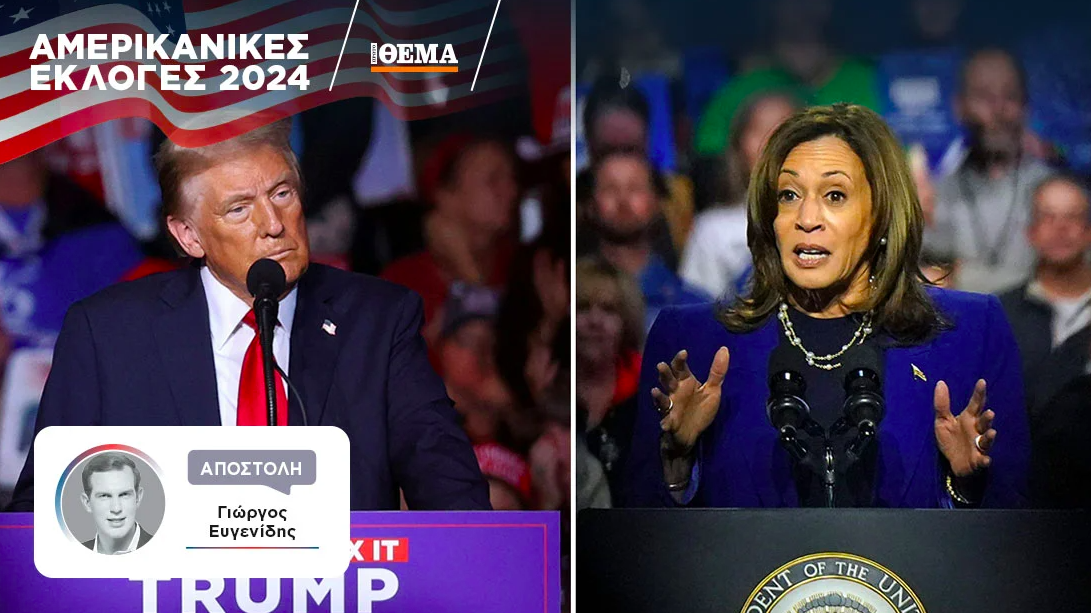As the U.S. presidential election draws near, the political landscape has become increasingly tense, reminiscent of previous high-stakes races. With a deeply divided nation, the upcoming election night is shaping up to be critical. Notably, this campaign season has seen numerous twists and turns, with experienced pollsters observing dramatic shifts in momentum between candidates Donald Trump and Kamala Harris. As the countdown continues, the suspense is palpable.
One of the key discussions among political analysts is whether polls are overestimating Trump’s support while underestimating Harris’s. This scenario mirrors the situation from the 2020 elections. Allan Lichtman, a renowned election guru who devised the reliable “13 Keys to the White House” model, has long predicted that Harris will win due to her alignment with key criteria from his model. He notes that other pollsters are now echoing his sentiments, with the British publication The Economist suggesting that Harris could secure a narrow victory with the necessary 270 electoral votes.
The Race’s Final Stretch
Renowned pollster Nate Silver has been tracking shifts in polling data since Harris entered the race. Initially, Trump had a greater than 60% chance of winning against Joe Biden, but Harris has since gained momentum. She managed to raise significant funds and rejuvenated the Democratic base until early September, when Trump appeared to regain ground. A pivotal moment occurred during a debate where Trump’s performance was notably subpar. As Harris began to gain in the “perceived victory” category according to Silver’s model, her lead remained steady until early October, when Trump once again capitalized on Harris’s vulnerabilities.
The latest analysis suggests that Harris, who entered this final stretch as an underdog, may now be regaining lost ground and is poised for a stronger finish than Trump. Recent controversies surrounding Trump’s comments at a rally in Madison Square Garden have negatively impacted his campaign. According to Silver’s model, Trump currently has a 51.1% chance of victory, while Harris follows closely with a 48.5% likelihood.
Iowa’s Surprise
In this charged atmosphere, a recent poll by Ann Selzer, a prominent pollster in the U.S., has revealed Harris leading in Iowa—a state where Trump previously held a substantial advantage. Selzer’s polling results, published in the Des Moines Register, are notable due to her track record of accurate predictions, including Barack Obama’s lead in 2008 and Trump’s in 2016.
The Iowa poll has generated significant buzz across U.S. media and social platforms, raising alarms among Republicans who perceive it as an attempt by the media to shift momentum in a traditionally conservative state. Many analysts agree that even a narrow win for Trump in Iowa would likely jeopardize his chances of winning the overall election.
The Women’s Vote
One critical factor Harris’s campaign is focusing on is the women’s vote. In Selzer’s Iowa poll, women—especially older, more consistent voters—are favoring Harris. Given Trump’s profile and recent attempts to charm female voters, this demographic could prove decisive. Additionally, early voting trends indicate that women are participating in greater numbers compared to men, especially in swing states that often determine the election outcome. While Trump’s camp downplays early voting, stating that his supporters tend to vote in person on election day, the data suggests otherwise.
In swing states, the race is exceedingly tight and within the statistical margin of error. YouGov’s model shows Harris leading in Michigan with 50% to Trump’s 46%, and similarly in Nevada with 50% to 48%. The race is nearly tied in Wisconsin, where Harris holds 49% to Trump’s 47%. Pennsylvania shows a slim lead for Harris at 49% to Trump’s 48%, while North Carolina reflects an identical scenario (49%-48%). In Arizona, Trump holds a slight edge at 50% compared to Harris’s 48%, while the race is just as close in Georgia, with Trump at 49% and Harris at 48%.
Ask me anything
Explore related questions





